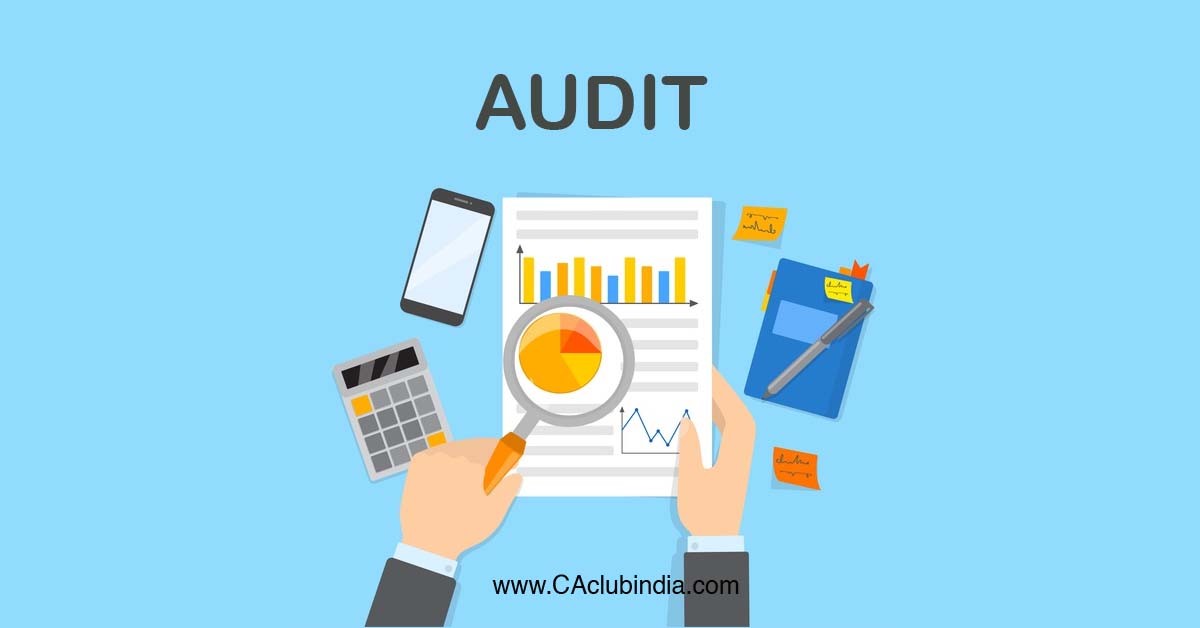Auditing digital systems requires specialized tools designed to navigate complex digital landscapes, analyze data, and ensure compliance with regulatory requirements. Here are some essential tools for auditing digital environments:
Data Analytics Software
Data analytics tools help auditors extract, clean, and analyze large volumes of data from various sources. These tools utilize algorithms and statistical techniques to identify patterns, anomalies, and trends within digital datasets, providing valuable insights for audit purposes. Examples include Tableau, Power BI, and ACL Analytics.

Network Security Scanners
Network security scanners assess the security posture of digital networks by scanning for vulnerabilities, misconfigurations, and potential threats. These tools help auditors identify weaknesses in network infrastructure, assess compliance with security standards, and recommend remedial actions. Examples include Nessus, Qualys, and OpenVAS.
Digital Forensics Software
Digital forensics tools enable auditors to investigate and analyze digital evidence to uncover potential fraud, misconduct, or security breaches. These tools help in recovering deleted files, analyzing disk images, and reconstructing digital activities to support audit findings. Examples include EnCase, FTK (Forensic Toolkit), and Autopsy.
Continuous Monitoring Solutions
Continuous monitoring solutions track digital activities in real-time to detect anomalies, unauthorized access, and compliance violations. These tools provide auditors with visibility into critical systems, applications, and user activities, enabling proactive risk management and compliance monitoring. Examples include Splunk, IBM QRadar, and SolarWinds.
Data Loss Prevention (DLP) Tools
DLP tools help auditors prevent unauthorized data disclosure, leakage, or loss by monitoring and controlling the movement of sensitive information across digital channels and endpoints. These tools enforce data security policies, classify data, and detect suspicious activities to mitigate risks of data breaches. Examples include Symantec DLP, McAfee DLP, and Digital Guardian.
Blockchain Analytics Platforms
Blockchain analytics platforms enable auditors to trace, analyze, and monitor transactions on blockchain networks to detect fraudulent activities, money laundering, or compliance violations. These tools provide visibility into blockchain transactions, addresses, and entities, facilitating forensic investigations and regulatory compliance. Examples include Chainalysis, CipherTrace, and Elliptic.
Audit Management Software
Audit management software streamlines the audit process by automating workflow management, documentation, and reporting. These tools help auditors plan, execute, and track audit activities, ensuring consistency, transparency, and compliance with audit standards. Examples include TeamMate, Wolters Kluwer's CCH® Audit Accelerator, and AuditBoard.
Robotic Process Automation (RPA)
RPA tools automate repetitive tasks and workflows within digital systems, enabling auditors to streamline audit processes, reduce manual effort, and enhance efficiency. These tools can be programmed to perform data extraction, validation, and analysis tasks, improving audit productivity and accuracy. Examples include UiPath, Automation Anywhere, and Blue Prism.
In summary, auditors can leverage a combination of specialized tools and technologies to audit digital environments effectively, mitigate risks, and ensure compliance with regulatory requirements. By investing in the right tools and staying abreast of technological advancements, auditors can adapt to the evolving digital landscape and deliver value-added audit services to clients.






 CAclubindia
CAclubindia
